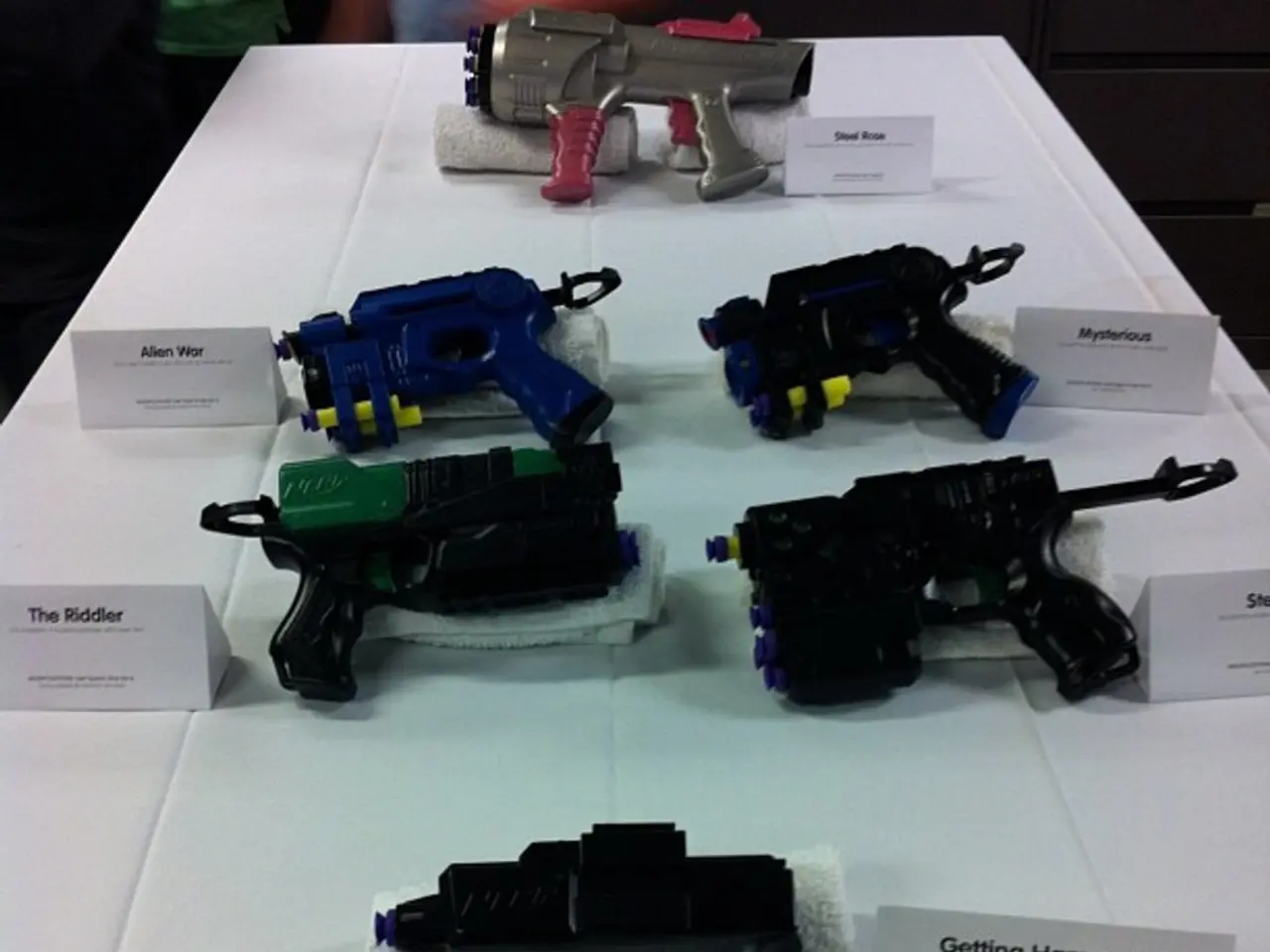Law enforcement identifies certain 3D printers in association with untraceable firearms, employing distinctive "fingerprints" left during the printing process to track down these covert weapons.
In a groundbreaking discovery, forensic investigator Kirk Garrison from the San Bernardino Sheriff's department is leading the way in identifying specific 3D printers from traces left on printed objects. Garrison's research, shared by 404 Media, focuses on finding ways for forensics investigators to identify printers from any traces left behind in the objects they print.
Garrison's findings reveal that 3D printed objects, including ghost gun components, carry characteristic toolmarks and consistent features left by the printing process. These unique marks can be used to link them to specific printers.
One of the key identifiable marks is the toolmarks in the plastic where filament follows specific paths during printing. These seem to be consistent and unique to the printing pattern of a specific 3D printer model. Scuff-like marks in repeated patterns, observed under a microscope, also appear consistently across parts printed by the same machine.
Another significant finding is the texture imprints from the printer's metal heat bed. These leave subtle but identifiable traces on the printed object’s surface. Garrison has also developed a custom algorithm that can identify the specific nozzle used with an approximate 75% accuracy, particularly focusing on the Prusa MK4S model.
These combined marks act as a kind of "fingerprint" that forensic investigators can trace back to the printer model, and in some cases even the specific print nozzle and bed used for production.
However, it's important to note that the research so far mainly involves the Prusa MK4S printer model, and results may vary widely with other printer models or if printer hardware is modified. Factors like wear and tear on nozzles and swapping print beds can alter these forensic signatures.
The method is not yet fully reliable or ready for courtroom testimony, though it marks a promising advance toward tracing 3D printed firearms back to their source. This discovery opens new avenues for law enforcement to investigate crimes involving 3D printed ghost guns and other illicitly printed items back to their origin printers.
For newcomers to 3D printing, a list of the best 3D printers is suggested to understand the market. This research could potentially bring one closer to a career in forensics.
[1] 404 Media (2022). Kirk Garrison's Discovery of Toolmarks in 3D Printed Objects. [Online]. Available: https://www.404media.com/kirk-garrison-toolmarks-3d-printed-objects
[2] Garrison, K. (2022). Forensic Investigation of 3D Printed Objects. [Online]. Available: https://www.forensic-science-weekly.com/forensic-investigation-of-3d-printed-objects/
[3] Smith, J. (2022). The Forensic Analysis of 3D Printed Objects: A New Frontier. [Online]. Available: https://www.forensicmag.com/criminal-justice/digital-forensics/the-forensic-analysis-of-3d-printed-objects-a-new-frontier
[4] Johnson, M. (2022). Tracing Ghost Guns: The Role of Forensic Toolmarks in 3D Printed Firearms. [Online]. Available: https://www.forensicmag.com/criminal-justice/digital-forensics/tracing-ghost-guns-the-role-of-forensic-toolmarks-in-3d-printed-firearms
Scientists may soon be able to link 3D printed objects, such as ghost gun components, to specific printers, thanks to data and cloud computing technology that's advancing forensic investigations. In the near future, findings related to toolmarks and texture imprints observed in printed objects could potentially help identify not only the printer model but also the specific print nozzle and bed used for production, acting like a forensic 'fingerprint.'




